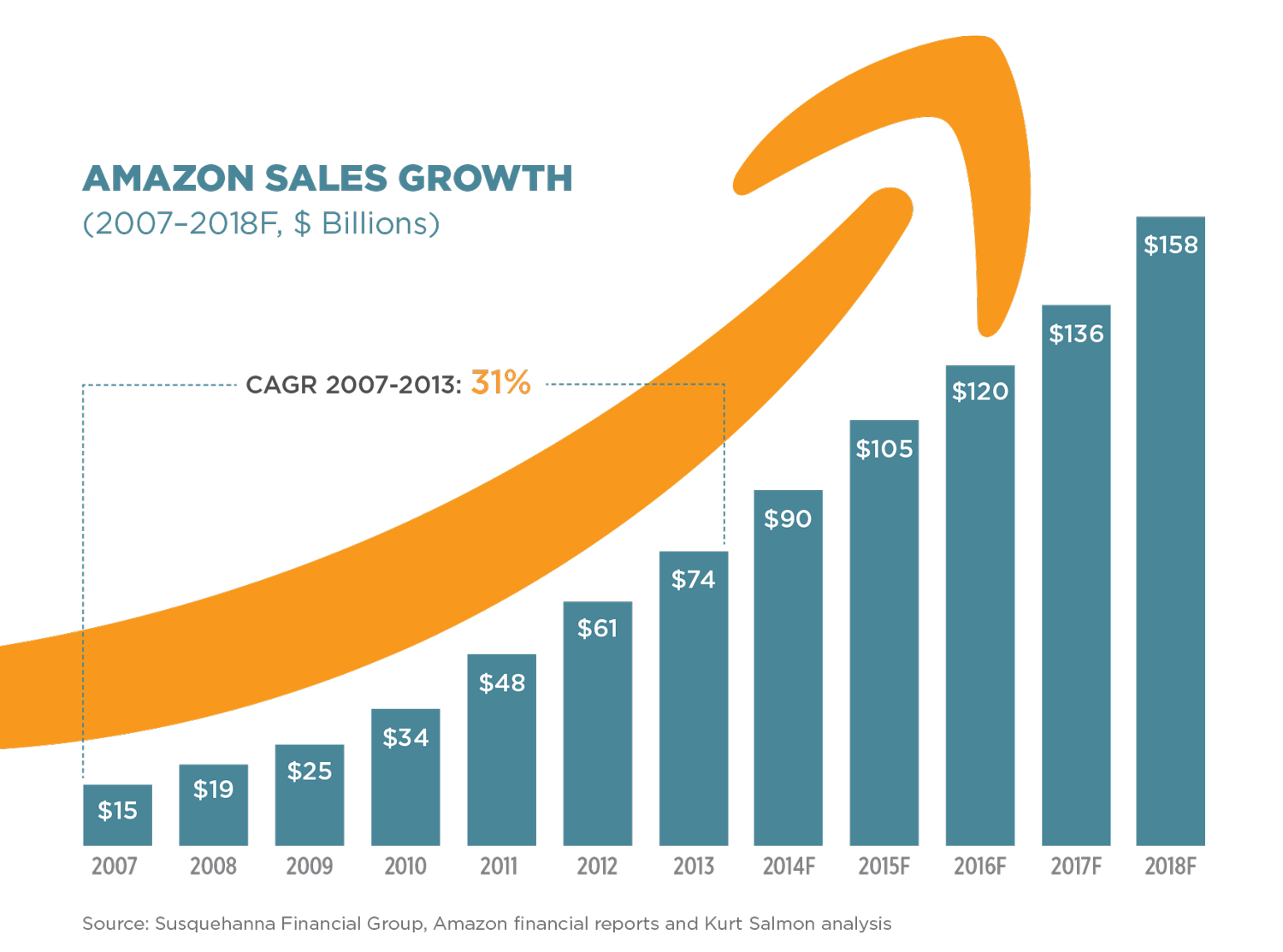Mergers and acquisitions (M&A) represent strategic decisions important to the growth and expansion of a company. Earlier, Anand Jayapalan had mentioned that M&A strategies commonly involve clear objectives, well defined criteria, as well as a realistic timeline to ensure a successful outcome.
Here are some of the most common M&A strategies:
- Vertical M&A Strategy: This strategy is required when two or more businesses operating in distinct stages of the supply chain join forces to produce an integrated product or service. Typical advantages of vertical mergers include heightened operational efficiency and reduced operating costs, as the responsibilities are distributed between the merging entities. This can lead to increased profits, provided that the challenges of reconciling differing company cultures and managing additional bureaucratic costs are effectively addressed. However, there is the potential risk of losing key team members, given the consolidation of the workforce under one roof.
- Horizontal M&A Strategy: A horizontal M&A strategy refers to the collaboration of two businesses operating in the same industry to eliminate competition. Beyond reducing competition, horizontal mergers often generate increased revenue by diversifying products and services and gaining access to a new market segment. However, the choice of a merger partner can bring about heightened regulatory scrutiny, limiting business mobility and control over decision-making. Moreover, there is the risk that the products and services offered before the merger were more valued by customers compared to the new offerings. Hence, thorough testing and research are important before entering the market.
- Conglomerate M&A Strategy: A conglomerate M&A strategy involves strategy involve the merging of two companies engaged in entirely separate business activities. This strategy can take two forms: pure, where each company continues operating exclusively in its own market, and mixed, involving expansions in both products and markets. Conglomerate mergers offer advantages such as increased market share, business diversification, and a revenue boost through cross-selling products and services. However, it also has certain potential drawbacks like a decrease in efficiency and clashes in workplace culture. There is also the risk of deviating from core business values, potentially causing friction with customers and stakeholders.
- Market Extension M&A Strategy: This strategy is used when two entities producing similar products for different markets merge. This type of merger offers access to a broader client base, expanding market reach potentially on a global scale. However, increased growth brings added responsibilities, including managing larger capital requirements and the potential for accumulating debt.
- Product Extension M&A Strategy: A product extension M&A strategy involves the merger of two companies within the same market that provide different types of products or services, which are designed to be consumed together. The main benefit of this strategy is the development of a singular “mega product” that provides access to an extended customer base. Moreover, as the resources and expenses are shared by two companies, a reduction is commonly seen in the expenses incurred on operational processes. The downside of this strategy, however, is the potential to over-clutter the market.
Previously, Anand Jayapalan had mentioned that companies need to do a careful analysis of their operations and objectives in order to identify the M&A strategy best suited for their venture.




